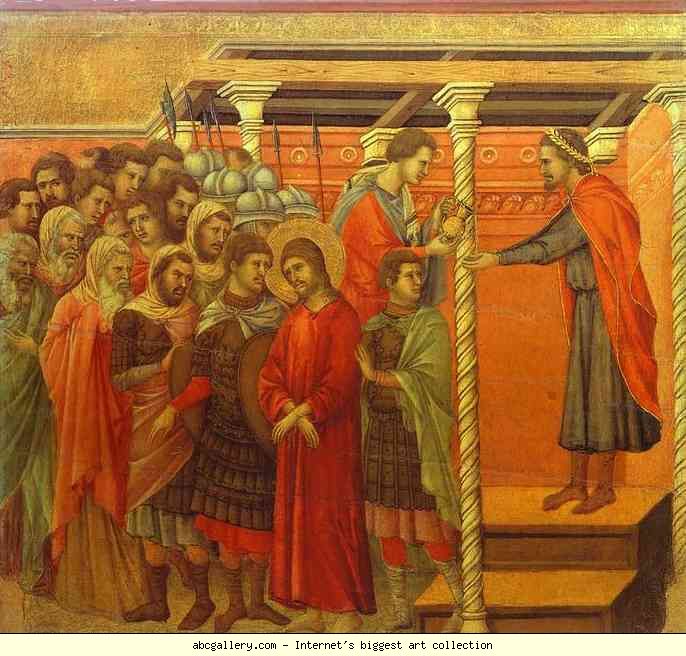What is blood? What requirements were there in Jewish traditions for a blood sacrifice? What does it mean that Christ’s blood was shed? Where did this blood go? What did Joseph of Arimathea collect in the Grail? How does this affect us today?
To begin this study, we’ll go to Leviticus 16 where we read “Then he is to take the two goats and present them before the Lord at the entrance to the tent of meeting. 8 He is to cast lots for the two goats—one lot for the Lord and the other for the scapegoat. 9 Aaron shall bring the goat whose lot falls to theLord and sacrifice it for a sin offering.10 But the goat chosen by lot as the scapegoat shall be presented alive before theLord to be used for making atonement by sending it into the wilderness as a scapegoat.” [comment: John the Baptist says of himself I am a voice crying in the wilderness and after the baptism, Christ goes out into the wilderness to be tempted. The wilderness is the uncivilized part of our soul, the untransformed part where animalistic desires exist].
Now back to the theme of sacrifice and again to Hebrews, now in 13:12 we read: 11″The high priest carries the blood of animals into the Most Holy Place as a sin offering, but the bodies are burned outside the camp. 12 And so Jesus also suffered outside the city gate to make the people holy through his own blood.13 Let us, then, go to him outside the camp, bearing the disgrace he bore.”
46 But some of them went to the Pharisees and told them what Jesus had done. 47 Then the chief priests and the Pharisees called a meeting of the Sanhedrin. “What are we accomplishing?” they asked. “Here is this man performing many signs. 48 If we let him go on like this, everyone will believe in him, and then the Romans will come and take away both our temple and our nation.” 49 Then one of them, named Caiaphas, who was high priest that year, spoke up, “You know nothing at all! 50 You do not realize that it is better for you that one man die for the people than that the whole nation perish.” 51 He did not say this on his own, but as high priest that year he prophesied that Jesus would die for the Jewish nation, 52 and not only for that nation but also for the scattered children of God, to bring them together and make them one. 53 So from that day on they plotted to take his life.
The scene with Pontius Pilate and Barabbas is, in my mind, when the high priest, enacted by Pilate, brings forth the two goats and reverses the cult by having the (unclean) people select. Thus Barabbas becomes the scapegoat and Christ the sacrifice. Both are named Jesus – making them alike. I wonder if Pilate was a lower initiate. Just as one goat would be sacrificed and one let go, so this cult was enacted by Pontius Pilate! The two goats? Jesus Christ and Jesus Barabbas. The crowd decides which to release. [For more on this see Andrei Orlov’s paper Jesus as the Scapegoat]. So Jesus Christ becomes the sacrifice which takes place on Golgotha. What once took place within the Holy of the Holies now is enacted in public. Here His blood is sprinkled not in front of and onto the atonement cover but onto the earth and into the Grail. That which the Heavenly Hierarchies could not know, Death, was to be overcome by this sacrifice. Humanity now could become free of the Temporal where death rules and enter the Eternal with a purified, transformed soul and body.
